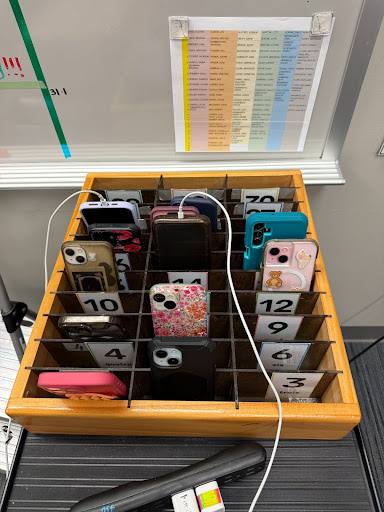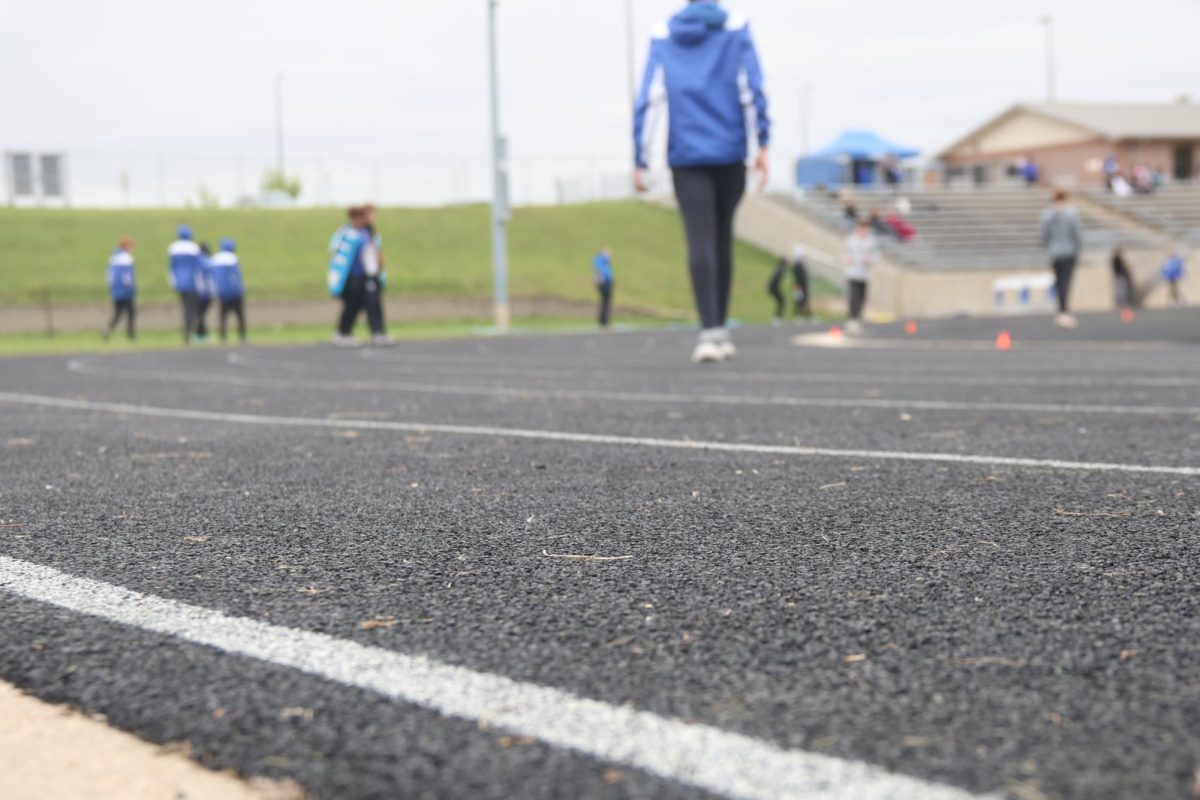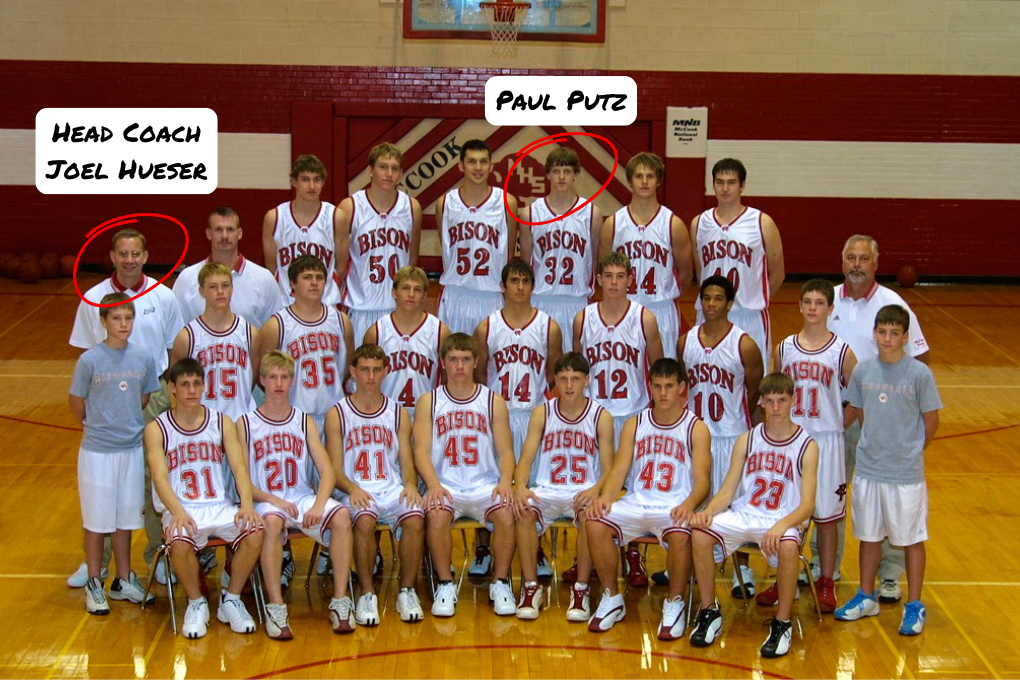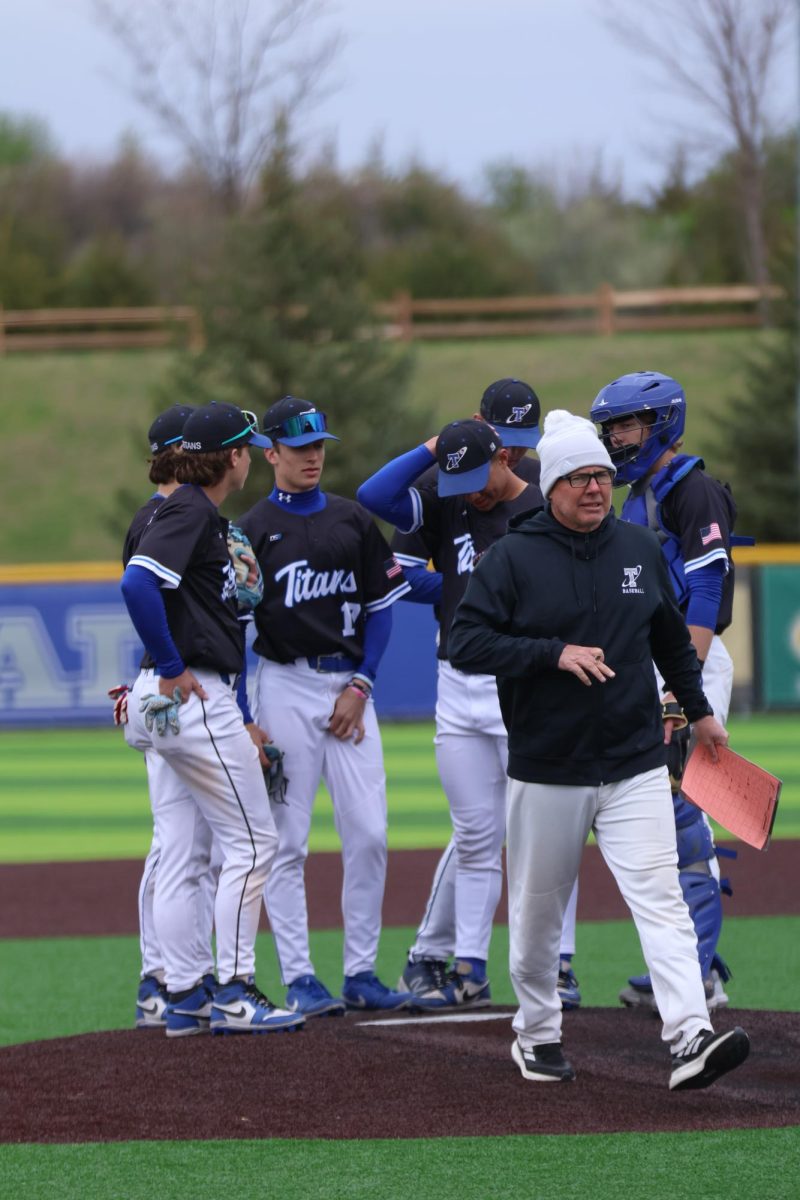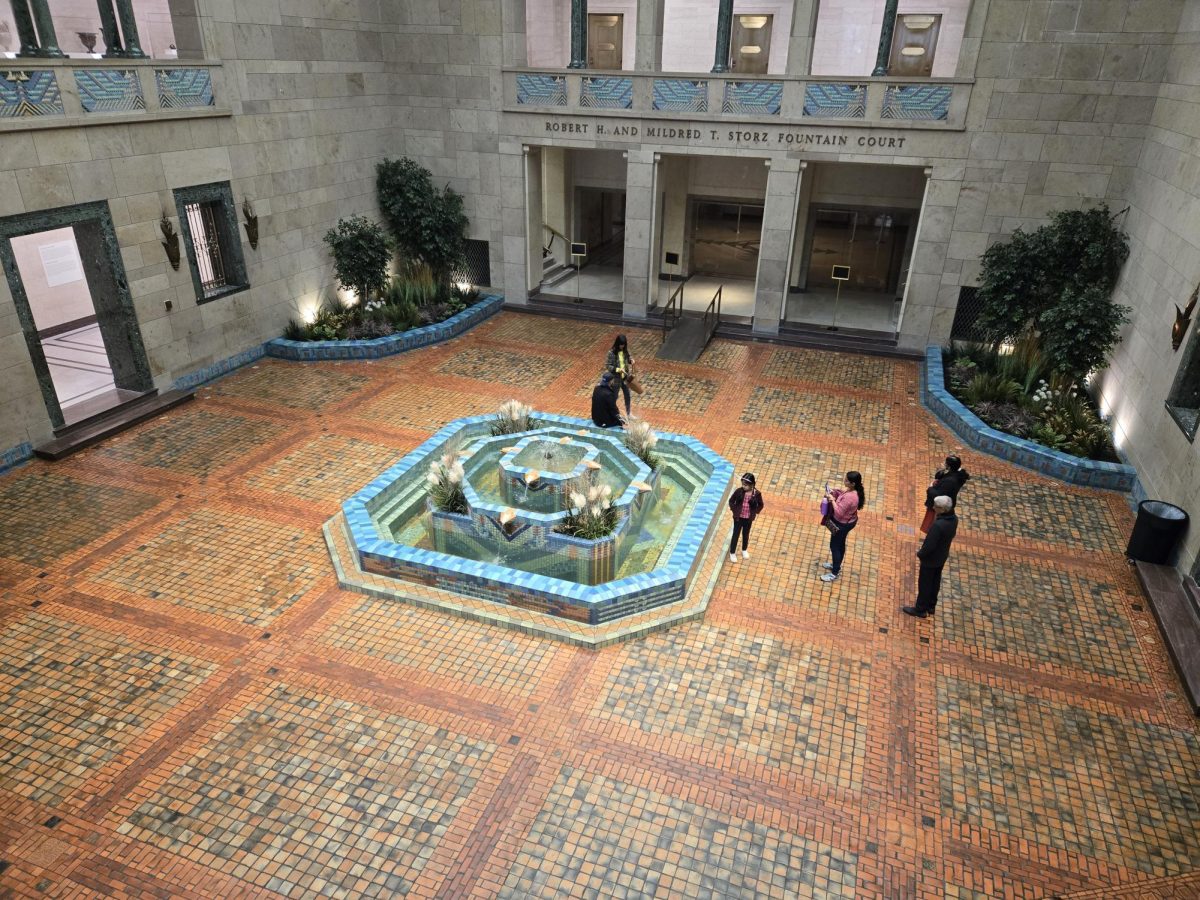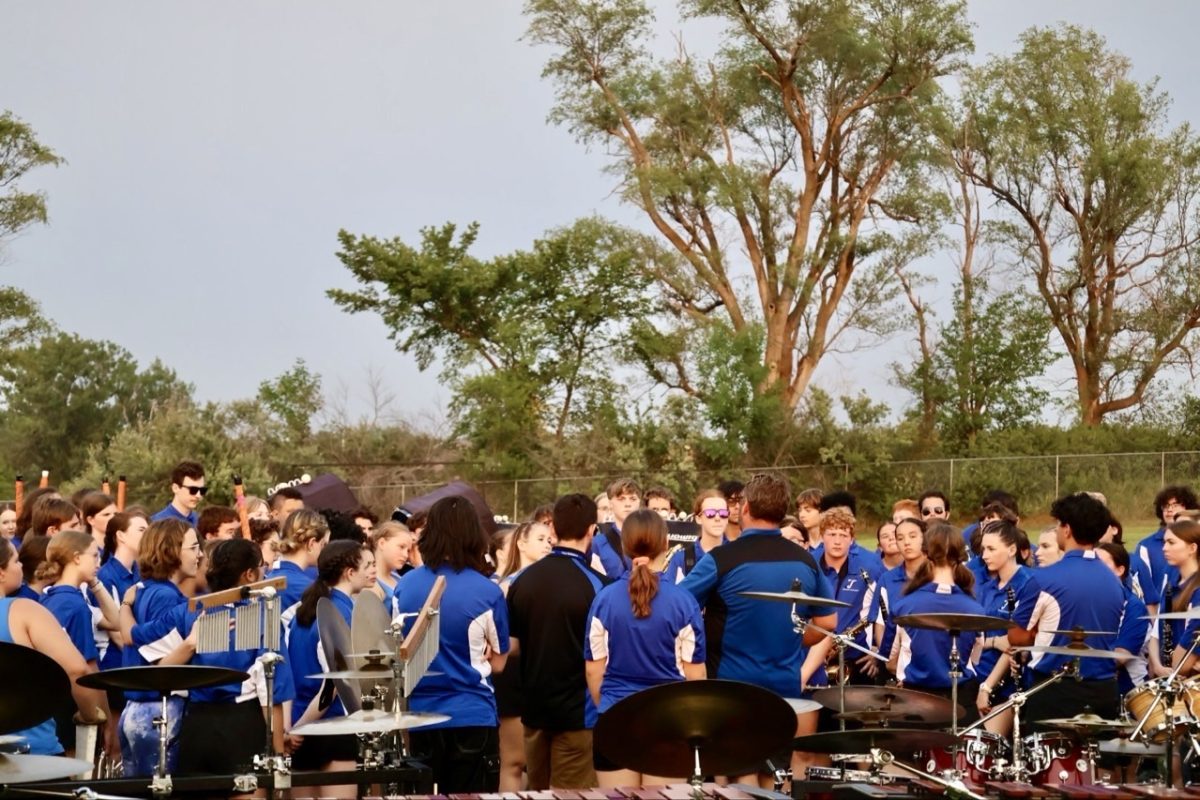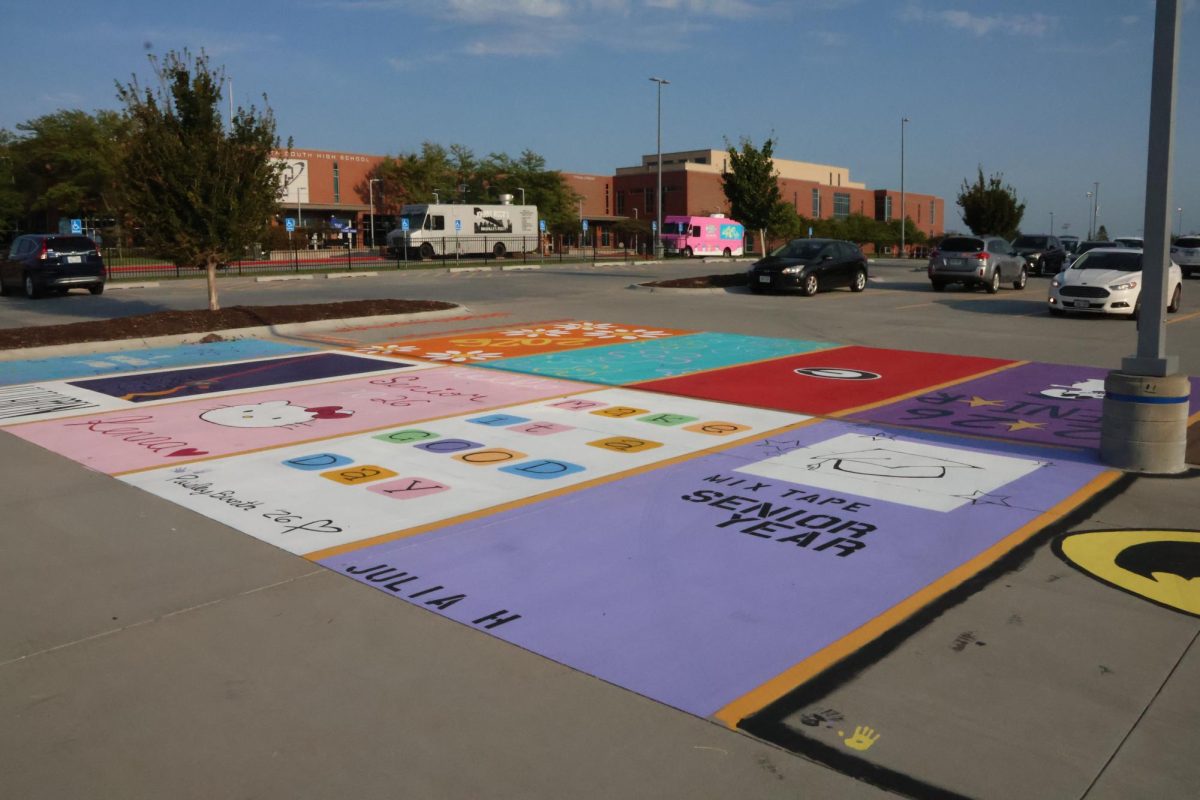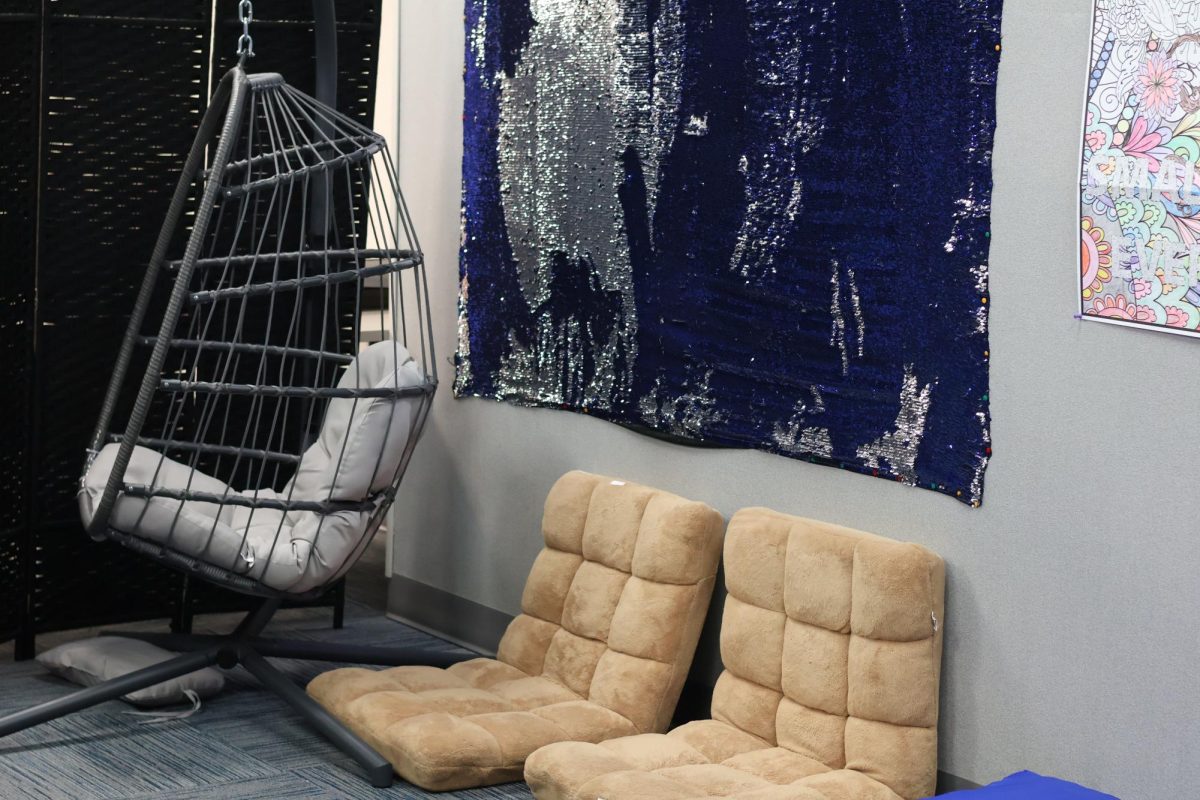When people see Foundation Field, they might think of it as the center of Papio South’s athletic program. However, the Foundation Field is also the center of the Titan Marching Band and all the work they put in as well. During this previous summer, the turf field fell out of commission while the field was being completely revamped with fresh new turf.
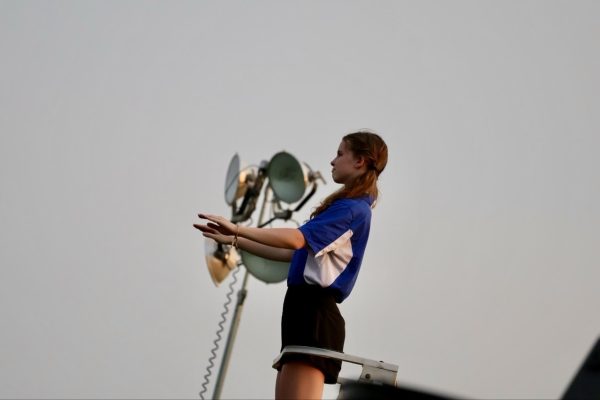
Unbeknownst to most, the construction brought new challenges for the band members, staff, and even the parents of the students.
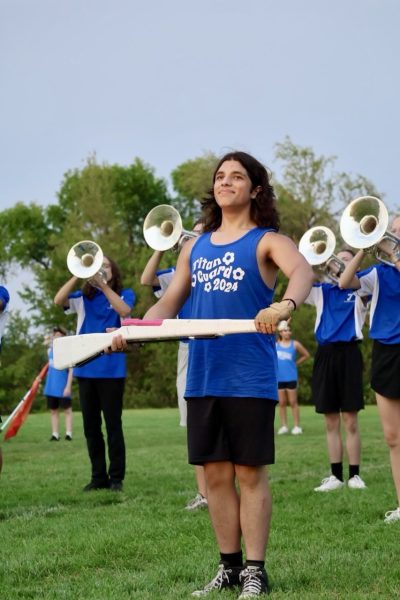
“We didn’t know it was going to be all summer,” said band director Matt Rom. “The original plan was that the main field was going to be done mid-July, so we thought we were just going to have our initial rehearsals on the grass field and then we’d be moving over.”
Due to many complications and weather delays, the band had to be on the grass field for the whole band camp, as well as the community night performance.
The band staff did weigh different options, regarding the different location ideas for the band to use.
“At various times we looked at moving band camp to Liberty Middle School. That would also be a grass field, but it has bleachers, so we were thinking that might end up being better.” Rom said.
The directors also briefly talked about using the turf field at Papillion Senior High, but the Senior High’s band and football team conflicted with PLSHS’s band schedule.
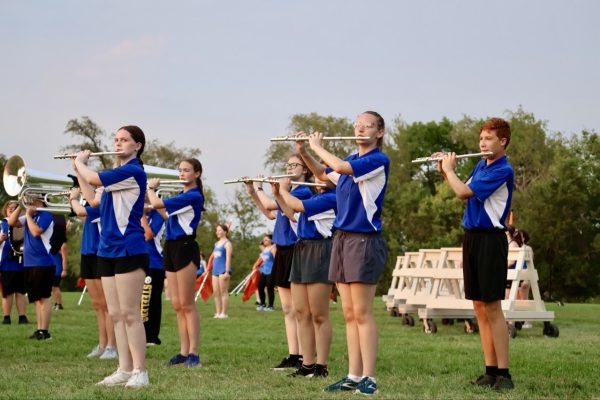
“It’s not just us being outside, but also if we do a whole day of band camp, some of that has to be inside. So then we’d have to be inside their school and trying to move all our stuff over there is a big challenge.” Rom explained.
While simply moving to a different field made of actual grass doesn’t seem like too big of a deal, it was more of a problem than it seemed. Marching bands rely on the hash marks and yard lines to figure out where they’re supposed to be while performing. The school’s practice fields don’t have the proper lines which required them to be painted on. However, the generator lights being used at night still caused complications, making it almost impossible to see the lines when it got dark out.
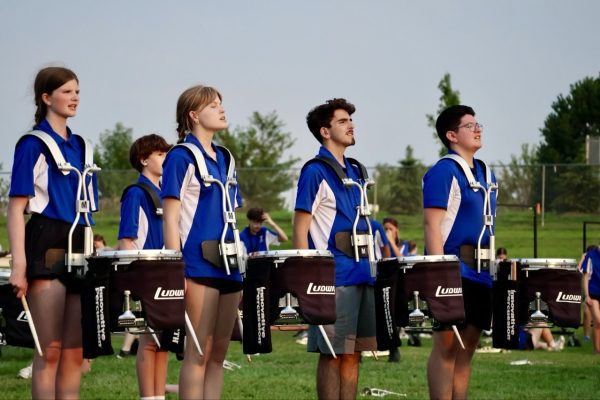
Another issue regarding the field is the many holes, muddy patches, and overall unevenness of the grass. Proper marching technique involves taking smooth, consistent steps- usually an 8 to 5 step (8 steps taken for every 5 yards on the field) using a heel-to-toe roll. Marchers place their heel down first, then roll through the foot to the toe, keeping legs straight but not locked, for a clean look. Steps should be even and timed with the music while maintaining good posture and balance.
However, the uneven field created lots of issues when it comes to balancing and marching well. People kept tripping over the holes, and the weather was making them muddy, especially considering a lot of choreography involved being on the ground and rolling around. Due to this, lots of people would roll their ankles, and just get minor injuries from trying to work with the unsuitable surface.
Senior Guard member Matisyn Froning had been struggling with a knee injury since last marching season, but it wasn’t bad enough for her to not perform. During band camp, the field was wet, resulting in Froning to slip and fall into a hole on the field.
“I continued to practice on it trying to push through the pain but by the end of the night was in too much pain to put any weight on it and had to be carried back up the hill.” She said.
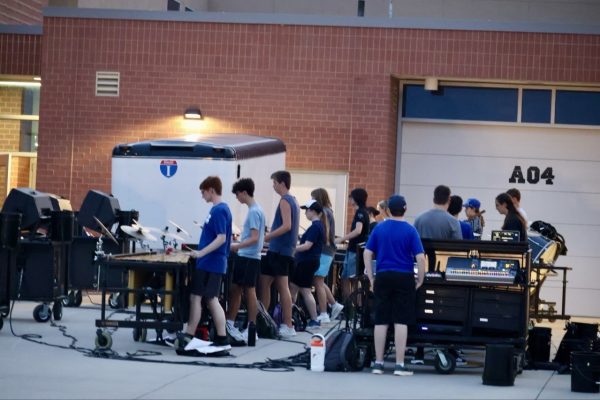
However, she’s not giving up on her ability to perform.
“I am still a part of my team even if I am injured,” Froning explained. “I show up for my team to show my support and with the hope of eventually rejoining them.”
Another thing the band had to adapt to was not being able to practice as a whole band. The frontline percussionists have to move heavy but wheeled equipment around, up and down hills, and due to the terrain it was not feasible for them to do that every single time the band was rehearsing. This created some unforeseen challenges, not specifically music related.
“I think it was a lot more stressful because we had to move around to meet with the drumline, or we had to move to the gym to meet with the winds, because the field wasn’t available and we couldn’t push our instruments down to the dirt field. So we had to move all over the place just to kind of practice with the whole band.” Senior marimba player Kate Koske said.
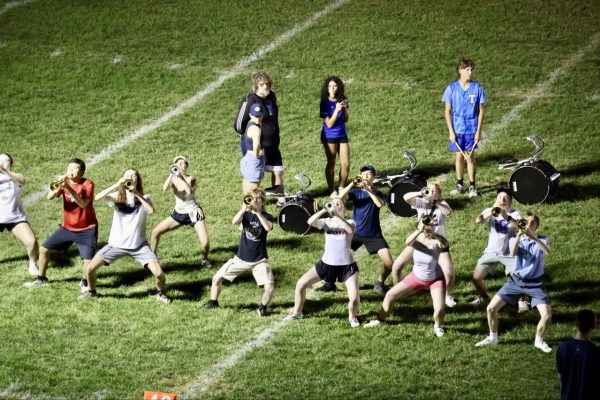
Regardless of the environment, the band worked together and had a successful band camp despite the adversity they faced.
“It can feel frustrating at the moment or you can feel like you’re having a lack of progress,” Rom said.
“But then you’ll notice it later when some of those environmental challenges go away. And you’re like, oh wow, we’re better than we thought we were. It can be helpful for you to get extra adversity in front of you.”
Ultimately, the band’s ability to come together, push through challenges, and grow stronger as a group shows that adversity is just another opportunity to learn, improve, and achieve more than expected.



